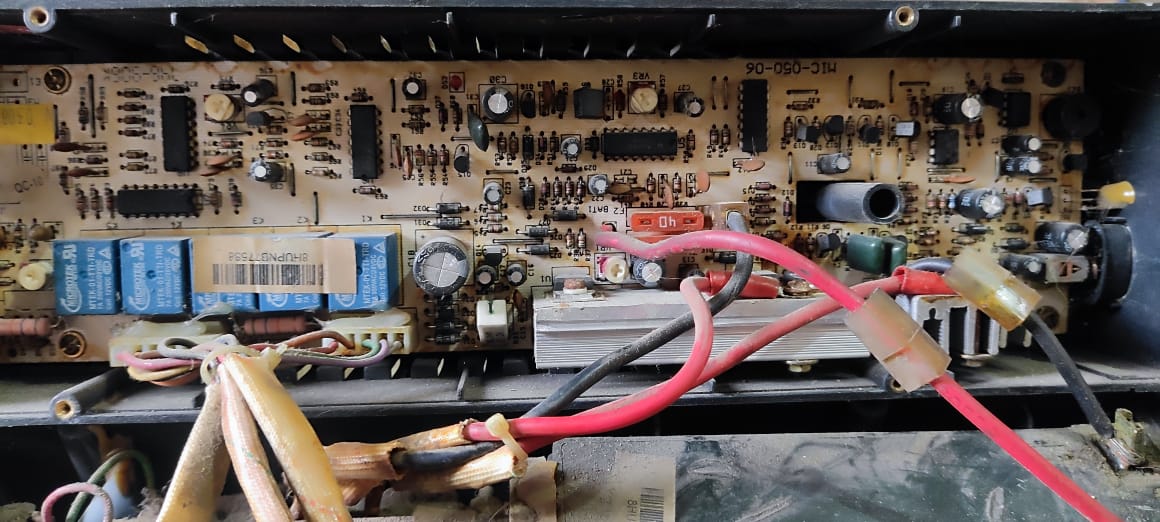
Electronic Circuit
An electronic circuit is a path through which electric current flows, consisting of various components such as resistors, capacitors, inductors, diodes, transistors, and wires. These components work together to perform specific functions, such as amplifying signals, filtering frequencies, or controlling the flow of electrical current.
Types of Electronic Circuits:
1. Analog Circuits: Process continuous signals, often used in audio equipment, medical devices, and control systems.
2. Digital Circuits: Process discrete signals, often used in computers, smartphones, and other digital devices.
3. Mixed-Signal Circuits: Combine analog and digital signals, often used in applications such as audio processing and data acquisition.
Key Components:
1. Resistors: Control the flow of electrical current.
2. Capacitors: Store and release electrical energy.
3. Inductors: Store energy in a magnetic field.
4. Diodes: Control the flow of electrical current.
5. Transistors: Amplify or switch electronic signals.
Applications:
1. Consumer Electronics: Smartphones, laptops, televisions, and audio equipment.
2. Industrial Control Systems: Manufacturing, robotics, and process control.
3. Medical Devices: Pacemakers, defibrillators, and medical imaging equipment.
4. Automotive Systems: Engine control units, infotainment systems, and safety features.
Design and Development:
1. Circuit Design: Creating a detailed plan for the circuit, including component selection and layout.
2. Prototyping: Building a working model of the circuit to test and refine its performance.
3. Testing and Debugging: Verifying the circuit's functionality and identifying any issues or errors.
